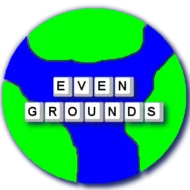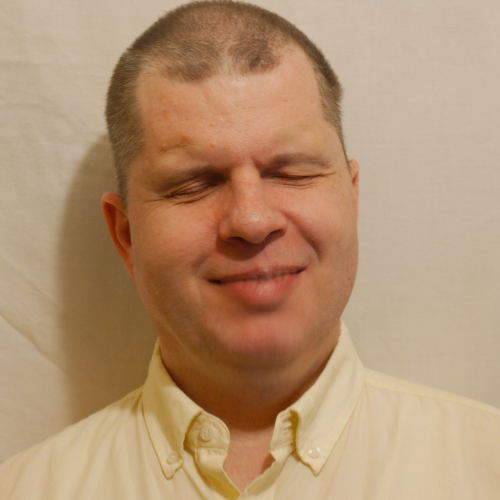Last summer I was introduced to Ellis Lane, a curator from the Allen Memorial Art Museum in Oberlin. At the time he just started working on a project to make artwork accessible for visually impaired people. The Digital Reimaginings exhibit opened recently. Ellis didn’t only create a fully accessible program, but I really appreciated his approach to it, where I had the honor to collaborate with him.
As he was putting the exhibit together, he continuously solicited feedback from visually impaired people in the form of online and on-site focus groups. This is particularly important because he took the surprise factor out of the equation, and put something together that he had feedback on. It is important to note that though the original idea was to create something particularly for visually impaired people, he also ensured accessibility and inclusion for all people, with our without disabilities.
The exhibit consists of a few objects spanning centuries and different parts of the world. Given that the original artworks should not be touched by all visitors, he created 3d printed replicas. Besides the replicas, he also designed some lithophanes showing different aspects of the use of one of the artifacts.
The exhibit can be viewed alone, or guidance can be requested as well. By each object there is a large print and a braille description, together with an audio guide, so guests can take the approach that best fits their needs.
As part of the setup, the museum staff also received a training on how to help people with different disabilities through the exhibit.
Last week I had the opportunity to invite a group of people to visit the exhibit. What I particularly enjoyed about it was that while everything was built out with accessibility in mind, it was so smoothly incorporated that I didn’t even think about being a blind person, because all participants were encouraged to touch the objects, or just interact with the exhibit in any way. It was enjoyable for kids and adults, with or without vision.
After we viewed the exhibit, Ellis set up some additional multisensory activities, including music and individual art creation.
This program was exceptional in so many ways, I would recommend it to people with any disabilities, but also to museum curators to get inspiration on how to create a fully accessible exhibit.
You can Contact Ellis Lane on LinkedIn, Visit his exhibit or request a tour, and while on the Museum’s page, look for other events, for example the Tuesday Tea sessions where you can always learn something new.


No comments! Be the first commenter?